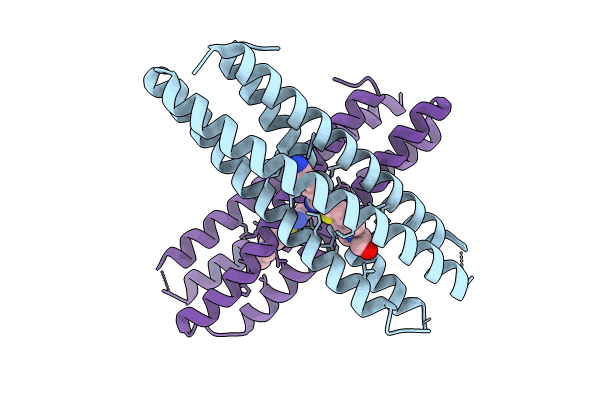
Deposition Date
2023-08-28
Release Date
2024-11-27
Last Version Date
2025-04-16
Entry Detail
Biological Source:
Source Organism:
artificial sequences (Taxon ID: 81077)
Host Organism:
Method Details:
Experimental Method:
Resolution:
2.10 Å
R-Value Free:
0.24
R-Value Work:
0.21
R-Value Observed:
0.21
Space Group:
P 1 21 1


